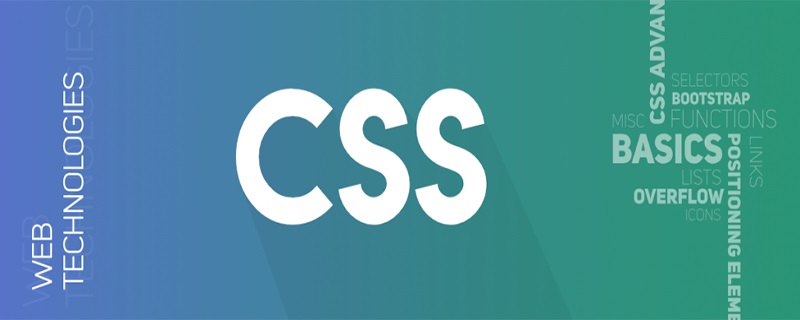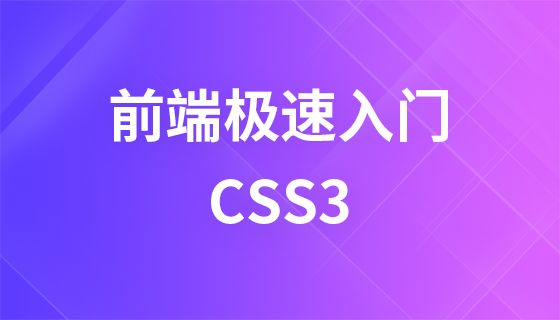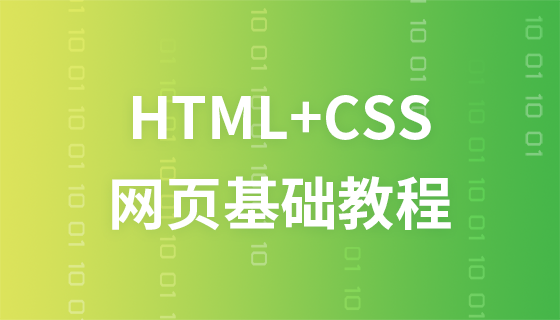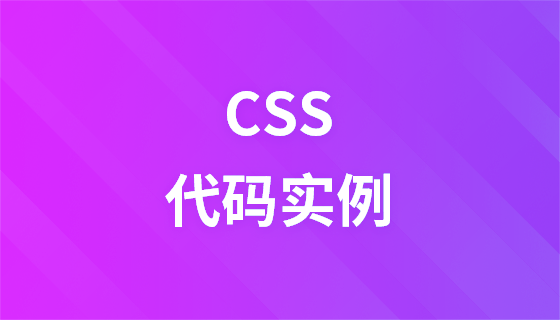

1. device-width
Definition: Define the visible width of the screen of the output device.
No matter whether your webpage is opened in Safari or embedded in a webview, device-width is only related to your device. If it is the same device, then its value will not change.
For example, the device-width*device-height of iphone6 is 375*667, which has nothing to do with its dpr, etc.
(Recommended tutorial:CSS tutorial)
2. width
Definition: Define the width of the visible area of the page in the output device.
The output is the width and height of the visible area of your webpage. Assuming that your webpage is a mobile webpage nested in a webview, width is actually the width and height of the webview. If it is in different browsers , width and height may also be different, and if your page uses rem layout, and for retina screens, dpr>1, content="width=device-width, initial-scale=0.5, is set in the meta tag. minimum-scale=0.5, maximum-scale=0.5, user-scalable=no,viewport-fit=cover", the width size on your iPhone 6 will be 750px.
I use device-width and device-height more here, because there is no need to consider the horizontal screen situation
For example, if you adapt to iphoneX, you already know iphoneX ( 375*812), you can use the following statement:
@media screen and (device-width: 586px) and (device-height: 820px){ html{ font-size: 110px !important; } }
In short, device-width will not change in a device. Its value is related to the device width. Width changes in different layout plans or different The display in the container may be different. Here I think device-width is equivalent to the window.screen.width of js, and width is equivalent to the document.body.clientWidth of js.
In addition, I will record the situation of adapting Huawei's folding screen here. Since there is no real machine at this time, I only know that the resolution of Huawei's unfolded state is 2200*2480, and the DPR is not clear yet, so I don’t know device-width and device-height (I can’t use width for query here, the reason is related to business logic), so I chose device-aspect-ratio,
At first I was in my less It is written like this
@media (device-aspect-ratio: 55/62) { /*适配*/ }
Then device-aspect-ratio in css is calculated as a decimal
@media (device-aspect-ratio: 0.887097) { /*适配*/ }
device-aspect-ratio does not support decimals, so it cannot match
So I checked how to prevent less from executing 55/62 results, and found that it is enough to wrap the attribute in quotes and add a tilde in front of it, like this:
@media (device-aspect-ratio: ~"55/62") { /*适配部分*/ }
Problem solved!
However, device-aspect-ratio is no longer recommended on MDN, and this attribute will be abandoned.
Recommended related video tutorials:css video tutorial
The above is the detailed content of What is the difference between device-width and width in css. For more information, please follow other related articles on the PHP Chinese website!


